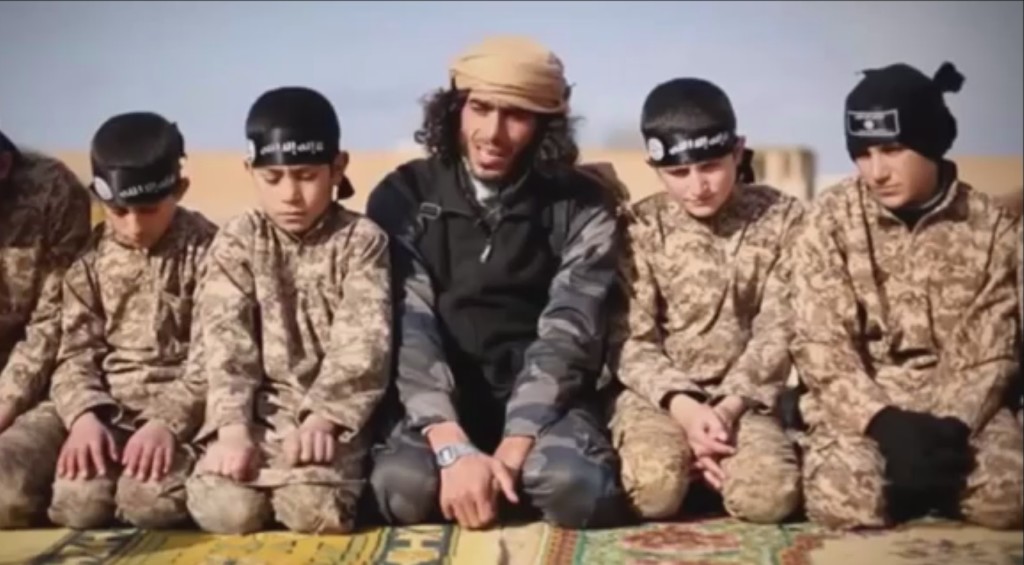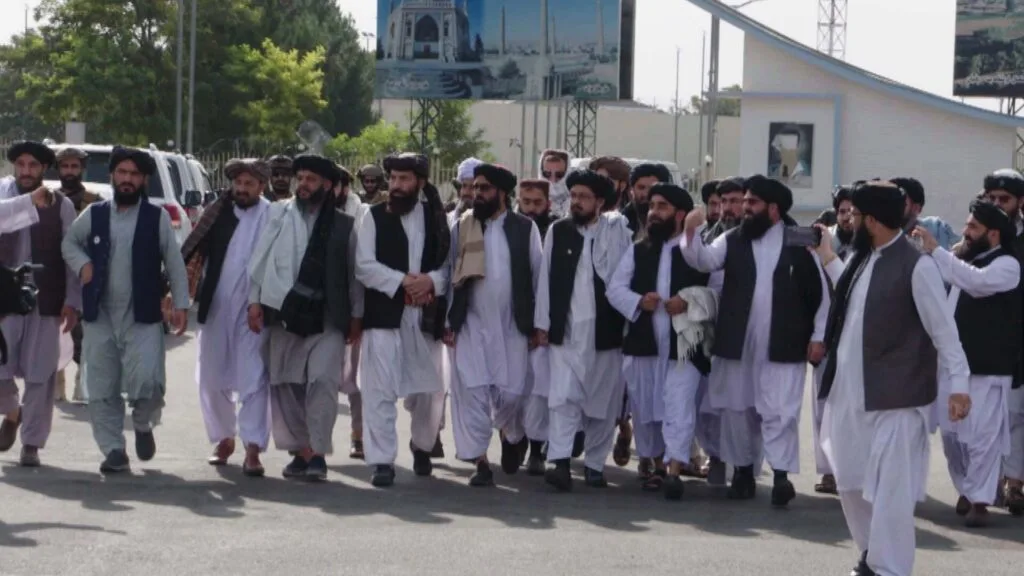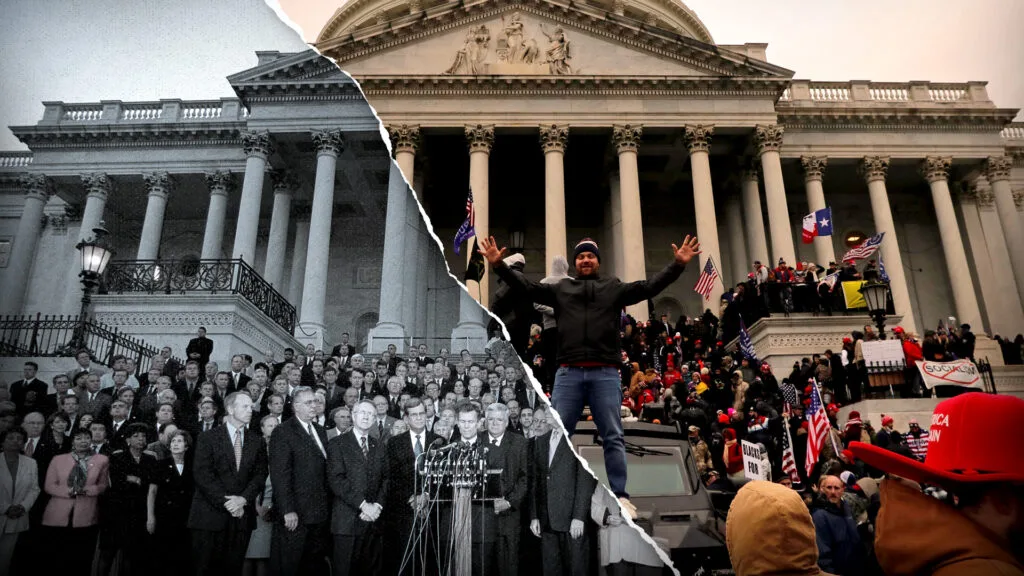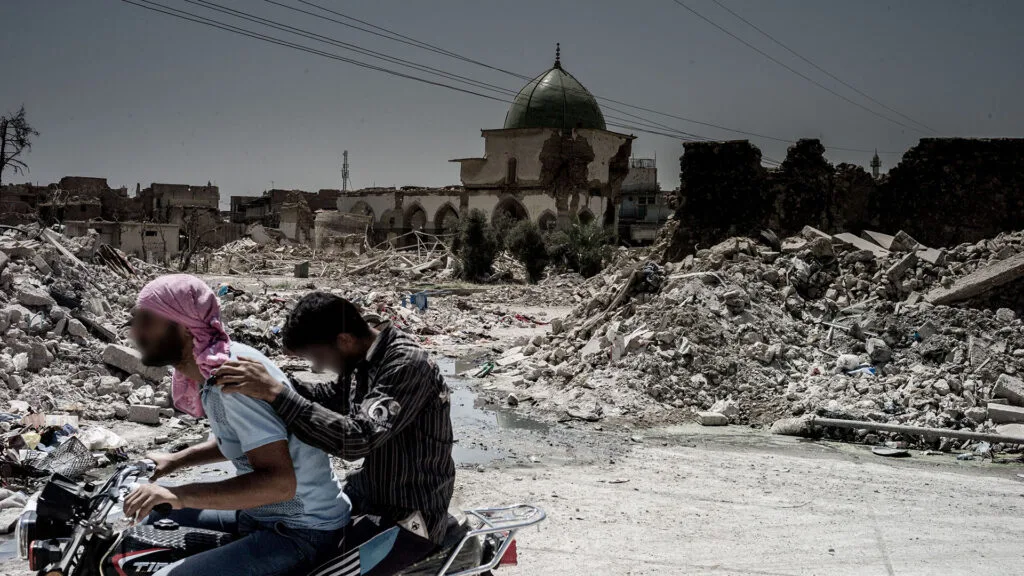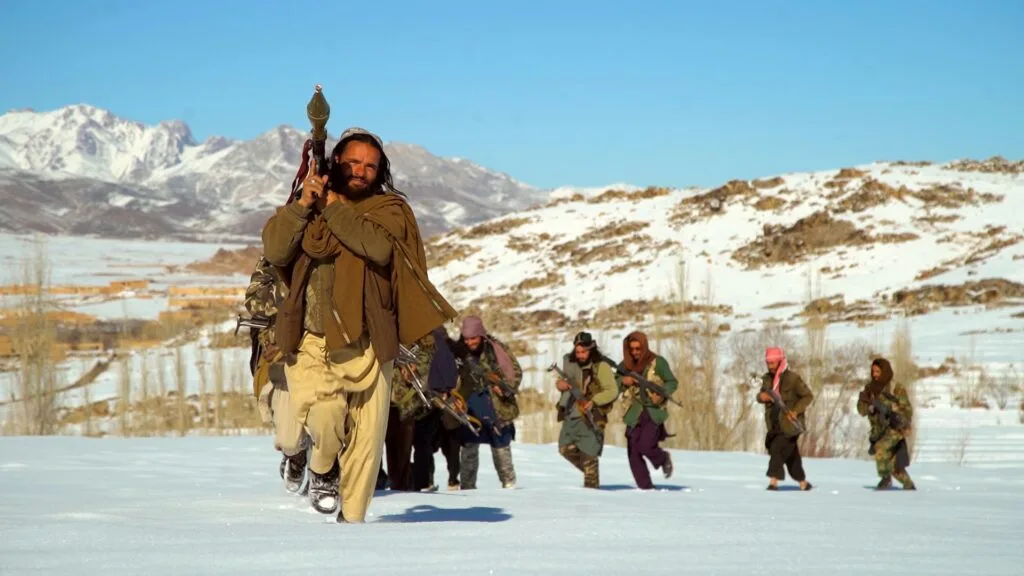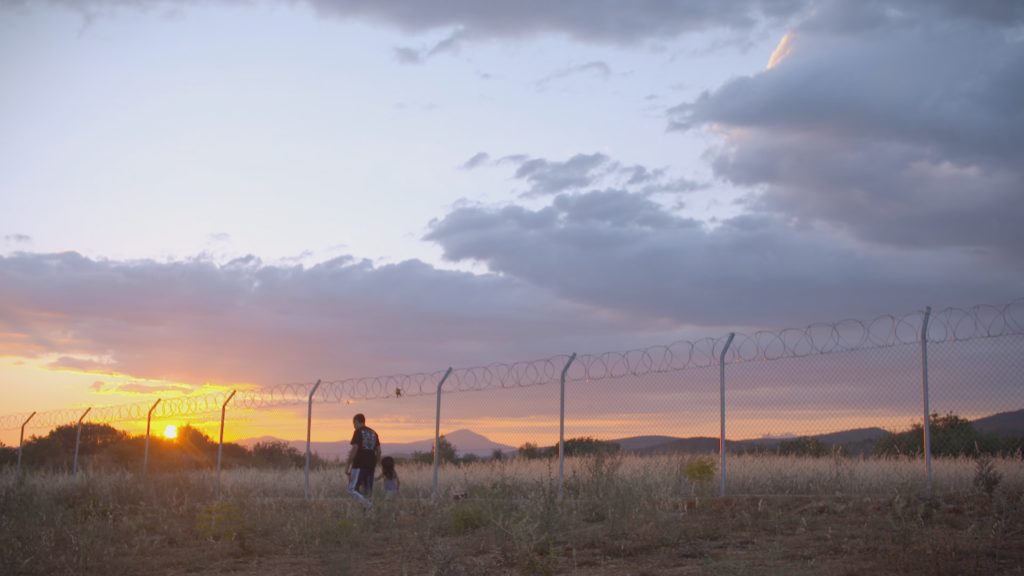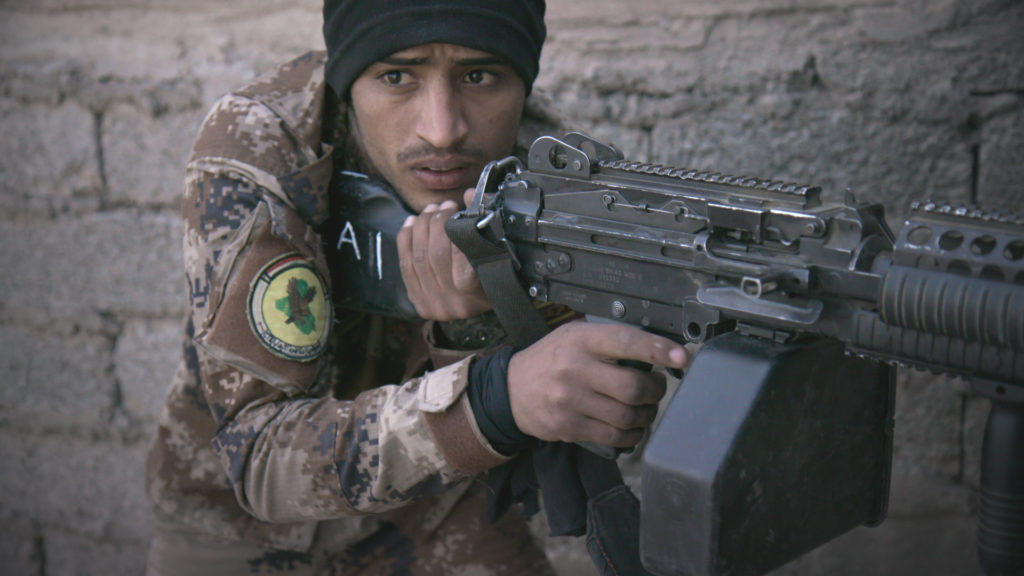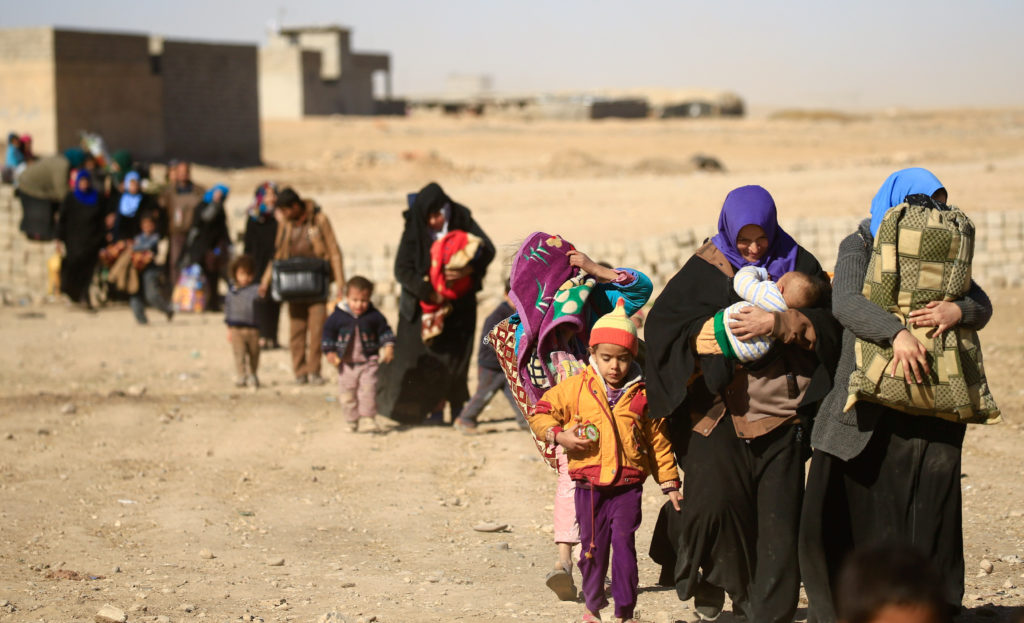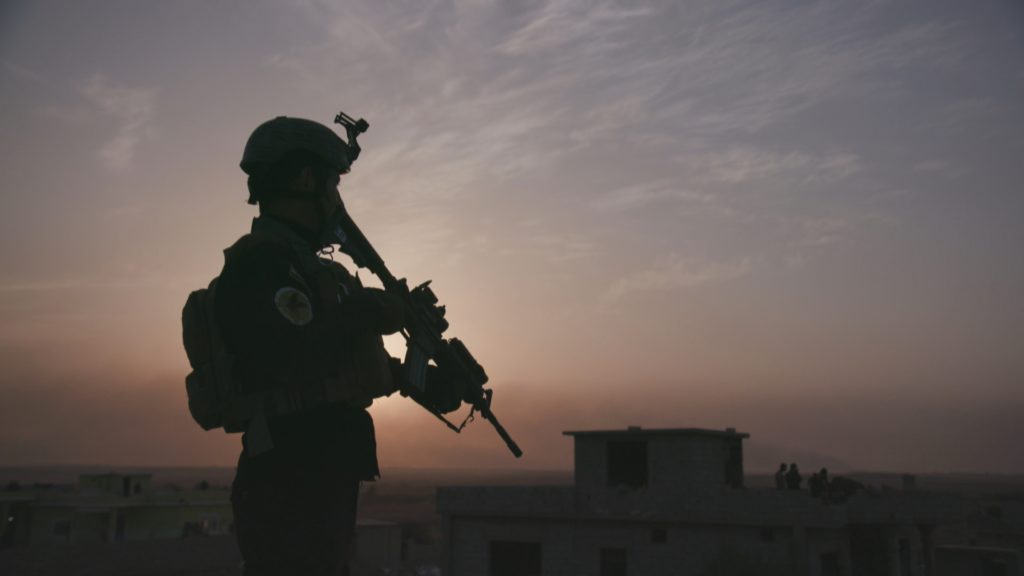The Number of Children Dying for ISIS is Rising
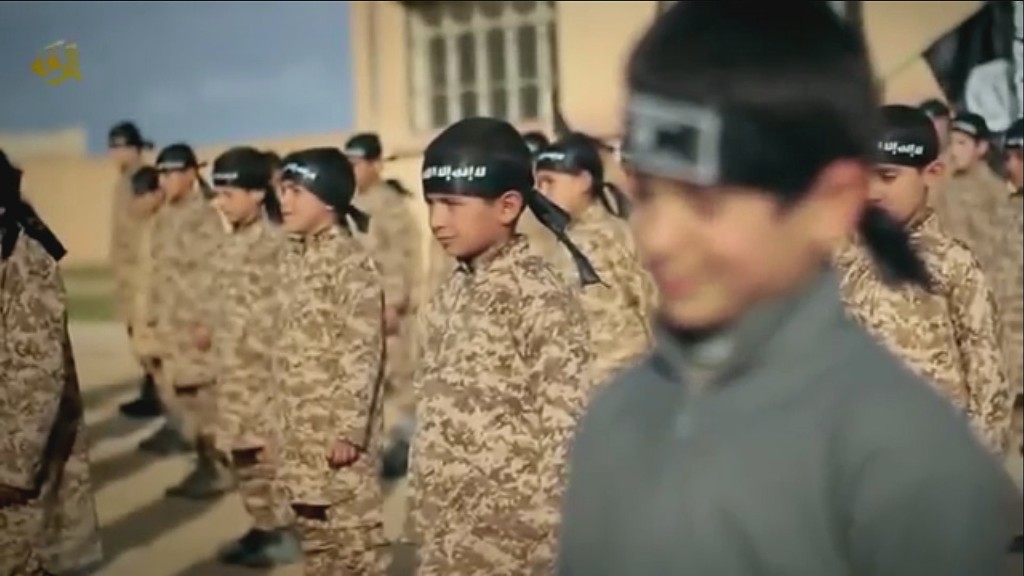
March 1, 2016
Share
The Islamic State of Iraq and Syria is sending children to their deaths at an “unprecedented rate,” according to a new study that finds the group increasingly mobilizing children to fight and die alongside adults as foot soldiers, to carry out suicide attacks and even act as executioners in beheading videos.
The study found that the death rate for children and teenagers fighting for ISIS was more than twice as high in 2015 as previously thought. The analysis, published by the Combating Terrorism Center at West Point in February, tallied at least 89 deaths, and suggests that ISIS’ “mobilization of children and youth for military purposes is accelerating.”
To determine that number, researchers from Georgia State University catalogued images of children eulogized by ISIS between January 2015 and January 2016. In that period, they found 39 percent of the children were killed when they detonated vehicle-borne explosives on suicide bombing runs. Another 33 percent were killed in battlefield operations, and 18 percent died in suicidal raids behind enemy lines that they didn’t expect to survive.
A majority of the children — 60 percent — were thought to be between the ages of 12 and 16. Six percent were between eight and 12 years old. The remaining 34 percent were older than 16. The largest portion — at least a third — were thought to be Syrian children, and just more than half of the 89 children died in Iraq.
39% Of all the children who died fighting for ISIS in 2015, 39 percent were killed when they detonated vehicle-borne explosives on suicide bombing runs.The figures mark a troubling shift in how ISIS is using children, said one of the study’s authors, Mia Bloom.
“For the longest time people just thought this was for the camera, for propaganda purposes,” Bloom said. “When we started following the way ISIS itself was portraying very young people, we realized that they were far more involved than was previously understood.”
The researchers expected their findings to resemble how child soldiers have been used in Liberia, Sierra Leone and Uganda, or how the terrorist group Boko Haram uses children in Nigeria and Chad — to replace battlefield losses when adults are killed or for a special tactical advantage.
What distinguishes ISIS, according to the authors, is that it uses children alongside adult fighters, rather than in lieu of them.
There’s a psychological aspect to why ISIS enlists children, according to Bloom. It uses them to shame adults who don’t participate in its cause, and to humiliate prisoners or those suspected of espionage by using kids to punish them.
There’s also the shock value. In one recent video, “We saw a 12-year-old child actually, physically behead an adult,” Bloom said. “Within a week, they had a 4-year-old child pressing a detonator on an explosive device to kill three guys in a car.”
ISIS is also unique in the way it boasts about recruiting children, Bloom said, as well as in the way it publicizes and normalizes their deaths. While other armed groups and terrorist organizations have quietly used children in the past, ISIS brags about its so-called “Cubs of the Caliphate.”
ISIS recruits children with the promise of empowerment, the researchers found. Where ISIS holds territory, it controls local schools and curricula. “They make participation in the ‘Cubs’ seem like it’s something rare, like it’s a valuable commodity,” Bloom said.
And while local Syrian families may feel a certain degree of coercion to hand over their children, families of fighters who have traveled from abroad to join ISIS are more willing to give recruiters and propagandists access to their children, she said.
“I see this as the utmost form of child abuse. You’re sacrificing your child,” Bloom said. “The kids themselves are not making these choices. They’re not old enough.”
When FRONTLINE’s Evan Williams met boys who had taken part in ISIS’ training camps, they described the methods of coercion and brainwashing that the group uses.
“They said you should give everything to them, even sacrifice yourself,” a 14-year-old boy told Williams. “In this religious military camp, you learn something called ‘listening and obeying.’ You declare, ‘I must listen and obey even if I have to die.'”
Children are also forced to watch ISIS videos of executions and suicide attacks as part of their indoctrination. “They showed us how they kill,” 11-year-old Ahmad told Williams. “Sometimes we tried not to watch. But when we did watch we were scared.”
As the authors grimly note, their analysis only factors in deaths that ISIS publicly eulogized last year. Many more are likely to have occurred.
Even more alarming, the use of children appears to be on the rise. As military pressure against ISIS increases, “it seems plausible,” said the authors, that attacks involving children “are becoming more tactically attractive” to the group. Operations involving one or more children have gone up, as have the number of child or youth deaths in suicide operations — from six in January 2015 to 11 in January 2016.
“From January 31 [of 2016] until now, we’ve already had 19 more,” Bloom said. “So it’s exponentially increasing.”

Related Documentaries
Latest Documentaries
Related Stories
Related Stories
Policies
Teacher Center
Funding for FRONTLINE is provided through the support of PBS viewers and by the Corporation for Public Broadcasting. Additional funding is provided by the Abrams Foundation; Park Foundation; the John D. and Catherine T. MacArthur Foundation; and the FRONTLINE Journalism Fund with major support from Jon and Jo Ann Hagler on behalf of the Jon L. Hagler Foundation, and additional support from Koo and Patricia Yuen. FRONTLINE is a registered trademark of WGBH Educational Foundation. Web Site Copyright ©1995-2025 WGBH Educational Foundation. PBS is a 501(c)(3) not-for-profit organization.
